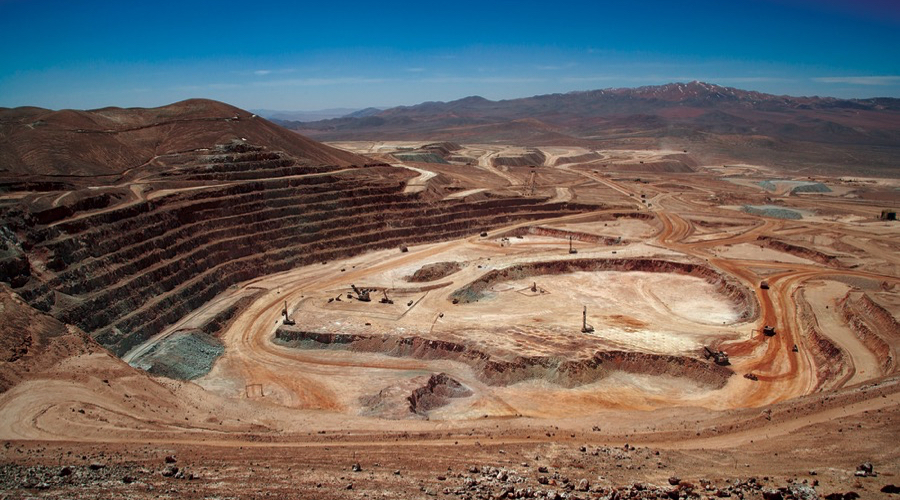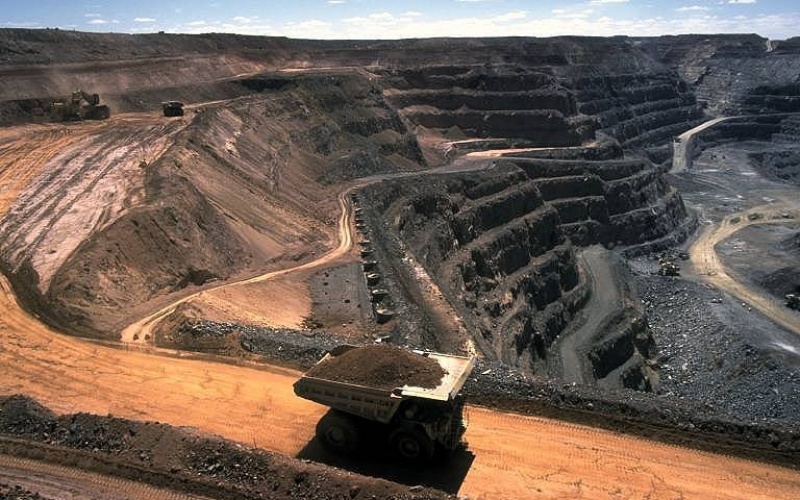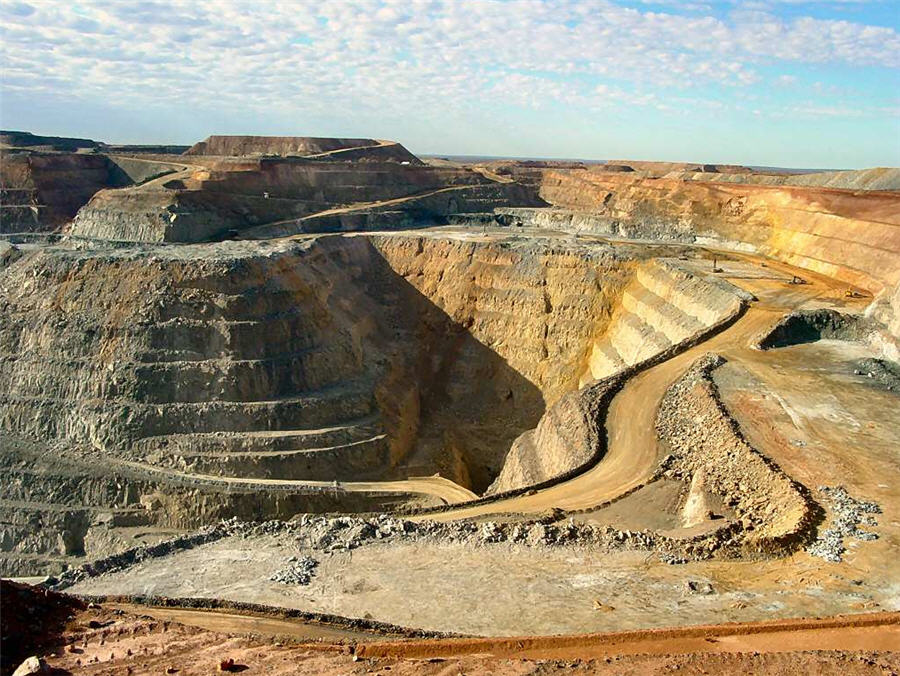Rio Tinto in search of the next Escondida mine in Chile

Mining giant Rio Tinto (ASX, LON:RIO) has applied for exploration permits in Chile’s northern region of Arica, as the company searches globally for new deposits worth of being developed into mines.
The firm, which already owns a stake in a Chilean mine, but doesn’t have its own operation in the country, wants to start drilling in an area located at 2,100 metres of altitude, about 58km from Arica city, close to the border with Peru and Bolivia, local paper El Mercurio reported (in Spanish).
Rio Tinto owns 30% of Chile’s Escondida, the world’s largest copper mine, but the operation is run by BHP.
The so-called Palmani project aims to discover and characterize the mining potential of the area, which could eventually be developed into a mine, according to information provided by the country’s Environmental Assessment Service (SEA).
This is not the first time Rio explores Chile in the hopes of finding a significant copper deposit. Between 2008 and 2009, the company signed a couple of agreements with state-own Codelco, the world’s top copper producer, to jointly drill-test properties in the Atacama Desert, close to BHP’s Spence mine.
Rio Tinto currently has a 30% stake in Chile’s Escondida, the world’s largest copper mine, but the operation is run by BHP.
The Anglo-Australian group has also begun an exploration-drilling programme in Mongolia’s metals-rich Gobi desert, where it owns the vast Oyu Tolgoi copper-gold mine, scheduled to be operating at full tilt not before 2027.
Analysts have questioned Rio’s ability to scale up its copper business quickly without making an expensive acquisition. Not only Oyu Tolgoi is far from reaching full production, but also Rio’s involvement in an expansion of Grasberg, the world’s second-biggest copper mine, is now an uncertain project due to a dispute with the Indonesian government.
The company believes the copper market will go into deficit by 2020 as it faces declining supplies and the prospect of increased demand, driven by infrastructure, electric vehicles and other renewable technologies.
More News
US must ramp up titanium capacity to avoid squeeze, Project Blue founder says
January 02, 2026 | 02:02 pm
India’s coal supply glut forces top miner to explore exports
January 02, 2026 | 12:43 pm
{{ commodity.name }}
{{ post.title }}
{{ post.date }}






6 Comments
Mike Failla
Resolution ramp up to the scale necessary to get it into production sooner rather than later may be start. Just saying that 2025 is still a long way off.to start production at resolution. Sure shaft sinking is expensive and so is sitting on your hands. ARe they progressing? yes. Can they increase it? Yup.
SeatrendStrategy
With many apologies to Rio Tinto in advance, Centurion Minerals’ Ana Sofia Project, it’s flagship operating mine in Argentina, is not for sale.
marpy
Actaully, Rio Tinto owns 51% of Turquoise Hill Resources which runs the vast Oyu Tolgoi copper-gold mine. THe other 49% is owned by minority share holders. When it comes to the mine, 1/3 is owned by the government of Mongolia and 2/3 by Turquoises Hill. This leave Tinto with 30% actual ownership in the mine which they operate.
Goldfinger
What is not written in this article is the large number of copper projects that have been canned or put on hold. There are lots of copper projects in Chile that are ready for expansion but none of them will be cheap and project development does take a long time.
Karsten Berg
Good sign, to hear from agressive Rio Tinto nowadays in Chile, well known by their general strategy: drilling as soon as posible, if sucess does’nt appear quickly, the go to the next target..the main reason, why they detected Spence so fast in the 90’th.
Alvaro
It was Rio Algom that discovered Spence…. just saying